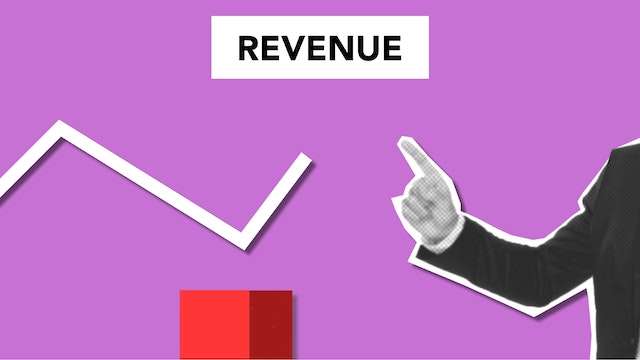When it comes to running a business, revenue generation is the ultimate goal. Direct revenue and marketplace revenue are two of the most common types of revenue generation. Both methods have pros and cons, and the best approach depends on the type of business and the business’s goals. In this article, we will compare direct revenue and marketplace revenue and discuss the benefits and challenges of each approach.
Direct Revenue
When a company offers its goods or services to consumers without any middleman, it is said to be making direct sales. This can be through a physical store or an exclusive online platform. If a clothes store were to sell its wares through the store website, for instance, these would be additional direct revenue. The advantages of direct revenue include the following:
- Control
Generating direct revenue gives businesses more control over pricing, marketing, and distribution. This allows businesses to tailor their approach to their unique needs and preferences, which can lead to a more personalized customer experience.
- Branding
Direct revenue allows businesses to build their brand and reputation. By controlling the marketing and distribution of their products, businesses can create a consistent brand image that resonates with customers. This can help firms strengthen relationships with their customers and raise brand awareness.
- Customer Relationships
Stronger client relationships can be fostered when a company focuses on direct revenue. Direct communication with clients allows a company to learn more about their wants and needs. Businesses can use this information to enhance their offerings and give customers a better experience. Increased customer loyalty and repeat purchases are also key advantages.
Focusing on direct revenue presents its own set of difficulties, though. Some examples are:
- Cost: Generating direct revenue requires significant infrastructure, marketing, and distribution investments. This can be difficult for new and aspiring companies to overcome.
- Reach: Bringing in new clients is essential to generating direct revenue. This can be difficult if the company has a limited online or physical presence.
- Competition: Direct revenue also means competing with other businesses in the same industry. This can be difficult if a business does not have a unique selling proposition or competitive advantage.
Marketplace Revenue
Marketplace revenue is generated when a business sells its products or services through an online marketplace such as Amazon, Etsy, or eBay. The advantages of marketplace revenue include the following:
- Reach
Online marketplaces have a large customer base, allowing businesses to reach a wider audience than they would through their channels. This can be especially beneficial for small businesses or startups that are trying to increase their visibility and reach.
- Low Cost
Online marketplaces charge a commission on sales, which means that businesses do not have to invest in marketing or distribution. This can be a cost-effective way to generate revenue for businesses with limited resources or budgets.
- Brand Recognition
Online marketplaces have a strong brand image and reputation, which can help businesses gain credibility and visibility. Particularly useful for new companies trying to make a name for themselves in the industry.
However, there are also challenges associated with marketplace revenue. These include:
- Control: Online marketplaces often control pricing, marketing, and distribution, which can limit a business’s ability to tailor its approach.
- Competition: Online marketplaces are highly competitive, which means that businesses have to compete with other sellers in the same marketplace.
- Customer Relationships: Online marketplaces do not allow businesses to interact directly with customers, which can limit their ability to build strong relationships.
Amazon SEM Paid Search
Search Engine Marketing (SEM) on Amazon is a potent way for businesses to increase their sales. By using paid search ads, businesses can reach customers who are actively searching for products on Amazon. Here are some tips for using the best Amazon SEM paid search tools:
- Use Relevant Keywords
Using keywords relevant to your products that customers are likely to search for can help your ads appear more frequently and generate more clicks.
- Target Your Ads
Successful advertising efforts are those that use demographic or geographic targeting.
- Test and Optimize
Testing different ad formats, keywords, and target options can help you determine what works best for your business. Consistently tweaking your advertising efforts is the best way of improving your return on investment and bringing in more money.
Conclusion
Direct revenue and marketplace revenue are two popular business revenue methods, each coming with its own advantages and disadvantages. The best approach will vary for each unique business, and it may even include a mix of both. For businesses with a high focus on marketplace revenue, Amazon SEM is a valuable tool for competing with other sellers in the same marketplace.

